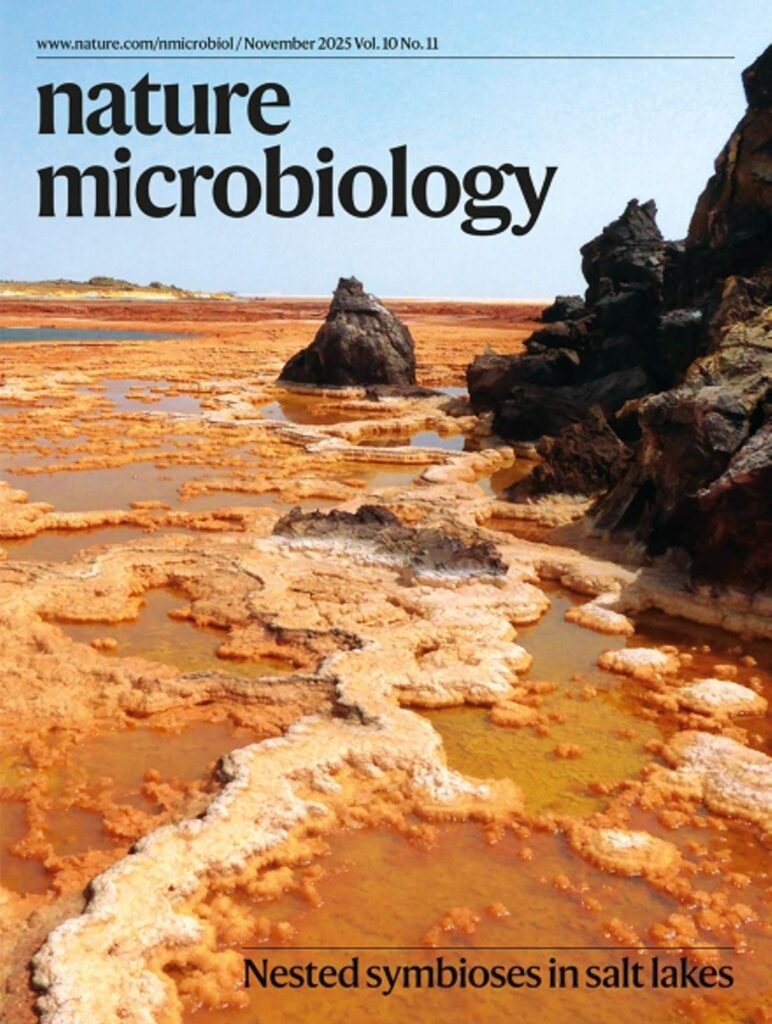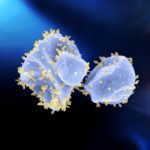Link to Pubmed [PMID] – 41107452
Link to DOI – 10.1038/s41564-025-02149-7
Nat Microbiol 2025 Nov; 10(11): 2673-2685
Nested symbioses, including hyperparasitism in which parasites exploit other parasites within a host, are common in nature. However, such nested interactions remain poorly studied in archaea. Here we characterize this phenomenon in ultra-small archaea of the candidate phylum Nanohaloarchaeota, members of the DPANN superphylum (named after its first representative phyla: Diapherotrites, Parvarchaeota, Aenigmarchaeota, Nanoarchaeota and Nanohaloarchaeota) that form obligate interactions with halophilic archaea of the class Halobacteria. We reconstructed the viromes from geothermally influenced salt lakes in the Danakil Depression, Ethiopia, and find that nanohaloarchaea and haloarchaea are both associated with head-tailed, tailless icosahedral, pleomorphic and spindle-shaped viruses, representing 16 different families. These viruses exhibit convergent adaptation to hypersaline environments, encode diverse auxiliary metabolic genes and exchange genes horizontally with each other. We further characterize plasmid-derived satellites that independently evolved to parasitize spindle-shaped viruses of haloarchaea and nanohaloarchaea, revealing another layer of nested symbiosis. Collectively, our findings highlight the complexity of virus-host and virus-virus interactions in hypersaline environments.



